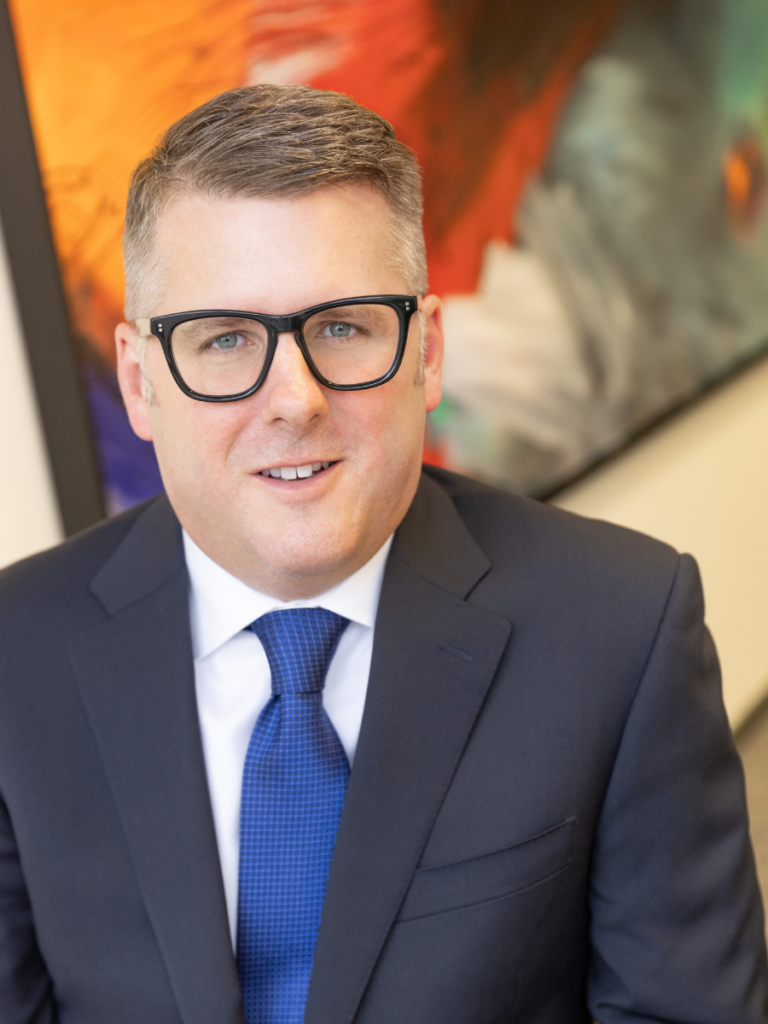What is art appropriation?
The rise of consumerism through mass media has led to appropriation having new prominence. In art, appropriation is the “intentional borrowing, copying, and alteration of existing images and objects,” though there is often little transformation from the original. While artists have employed this strategy throughout time, pop artists’ upsurge in reproducing popular culture images by mirroring and critiquing them now challenges the blurry line between appropriation and violating copyright laws.
What is the distinction between permissible art appropriation and violating copyright law?
Scholars and judges have sought to clarify the line between permissible appropriation and unlawful copying in recent years. Unfortunately, because copyright law is fact-intensive, court decisions are increasingly inconsistent, which creates confusion in the art world as to what is acceptable appropriation.
The Second Circuit’s decision in Andy Warhol Foundation for Visual Arts, Inc. v. Goldsmith
In March 2021, the Second Circuit resolved a dispute between the Andy Warhol Foundation for the Visual Arts and the photographer Lynn Goldsmith. In 1984, Goldsmith’s photograph of the musician Prince was licensed to Vanity Fair magazine, which commissioned Andy Warhol to create art using the picture. Warhol’s unlicensed collection of fifteen works became known as the Prince Series. After learning about the series in 2016, Goldsmith sued the Warhol Foundation for copyright infringement.
In evaluating Goldsmith’s copyright infringement claim, the Second Circuit found that the Foundation had infringed on Goldsmith’s copyright. They emphasized how the Prince Series “lacked a fundamentally different and new artistic purpose and character” from Goldsmith’s photograph. The series also posed a threat to Goldsmith’s market to license her photograph. The court noted each image in the Prince Series being recognizable as Warhol is irrelevant to a fair use analysis. Allowing that logic would create a “celebrity-plagiarist privilege” as it would enable a more established artist to have greater freedom to copy.
The Supreme Court’s post-Goldsmith decision in Google v. Oracle
After the Second Circuit’s decision, critics have argued it contradicted the court’s previous 2013 decision in Cariou v. Prince et al., which held 25 out of 30 works comprising the Canal Zone Series were fair use of Cariou’s photograph. The court distinguished, however, that the Canal Zone Series deviated from the photographs, whereas in the current case, Goldsmith’s photograph remained recognizable in the Prince Series.
Even after distinguishing the Warhol claim, the confusion about what constitutes appropriation or infringement continued when the Supreme Court issued a decision in April 2021 in a dispute between Google and Oracle concerning Google’s use of Oracle’s software code. The Supreme Court held that Google’s use was fair even though it was recognizable—precisely what the Second Circuit had earlier said made the Warhol Foundation’s Prince Series not fair use.
The Second Circuit’s reconsideration of Goldsmith after the Supreme Court’s decision
In response to the Supreme Court’s decision, the Foundation argued on rehearing that the new Google decision undermined the Second Circuit’s opinion in the Warhol dispute. However, the Second Circuit rejected the Foundation’s argument. It held the Supreme Court had distinguished between artistic use and utilitarian purpose, with copyright protection being stronger when the material is creative. Thus, the confusion over where the line turns something from artistic appropriation to infringement remains a blur.
The continued blurred line between appropriation and infringement
Though the Second Circuit’s decision in the Warhol claim begins to clarify the line between appropriation and infringement, the lack of uniformity in US courts and no uniform global copyright laws creates a gray space for artists. Until courts align in decisions over art appropriation, there is a severe risk of chilling artists’ self-expression—especially for those who cannot afford expensive legal fees and extensive court battles.
If you need copyright assistance, contact us to learn out how we can help.

